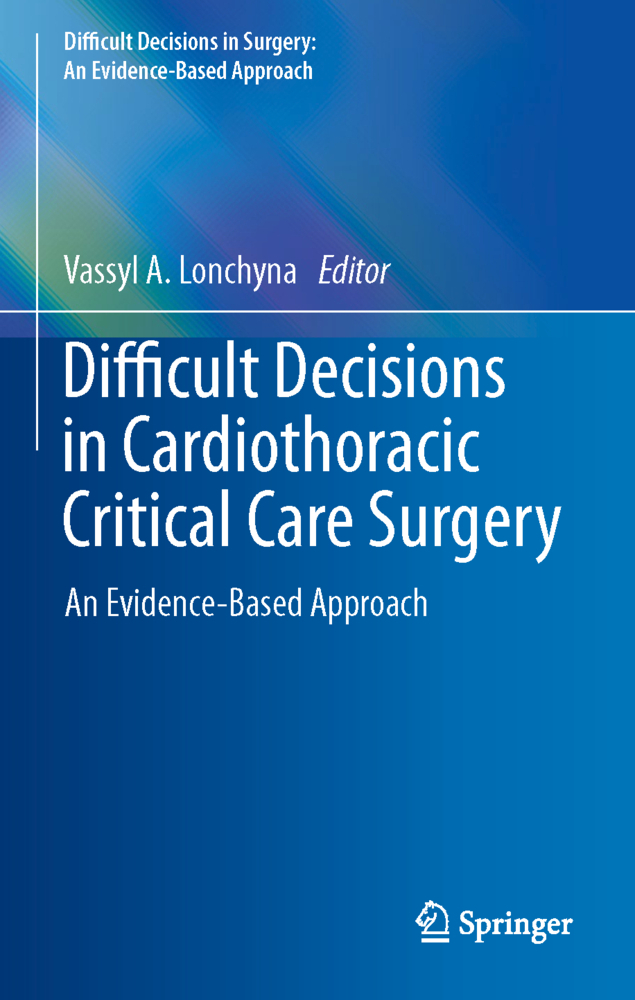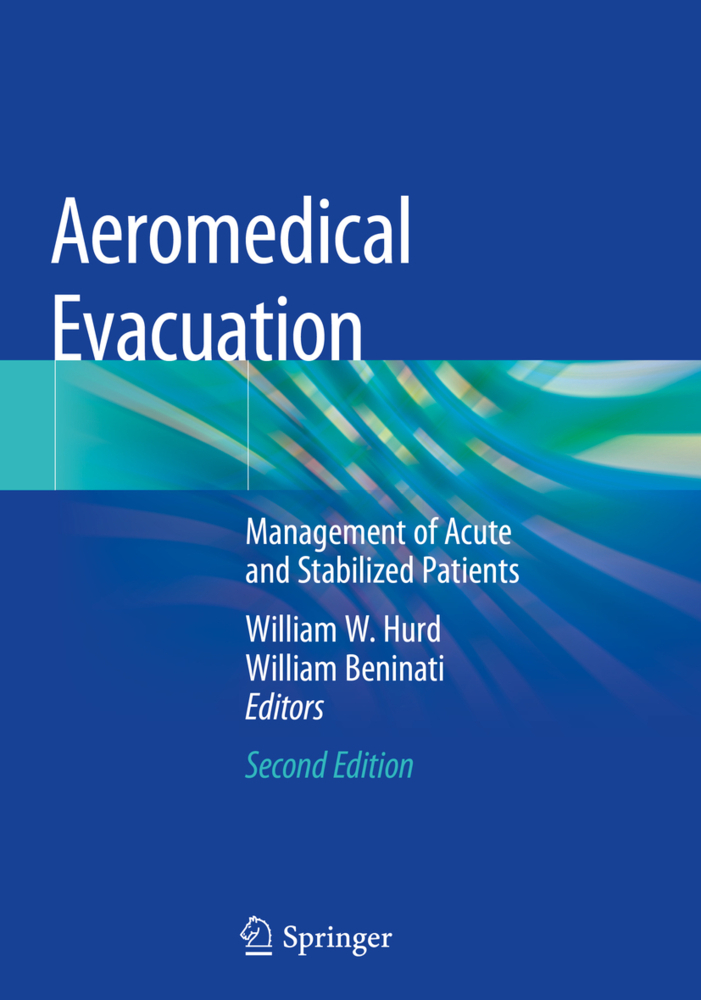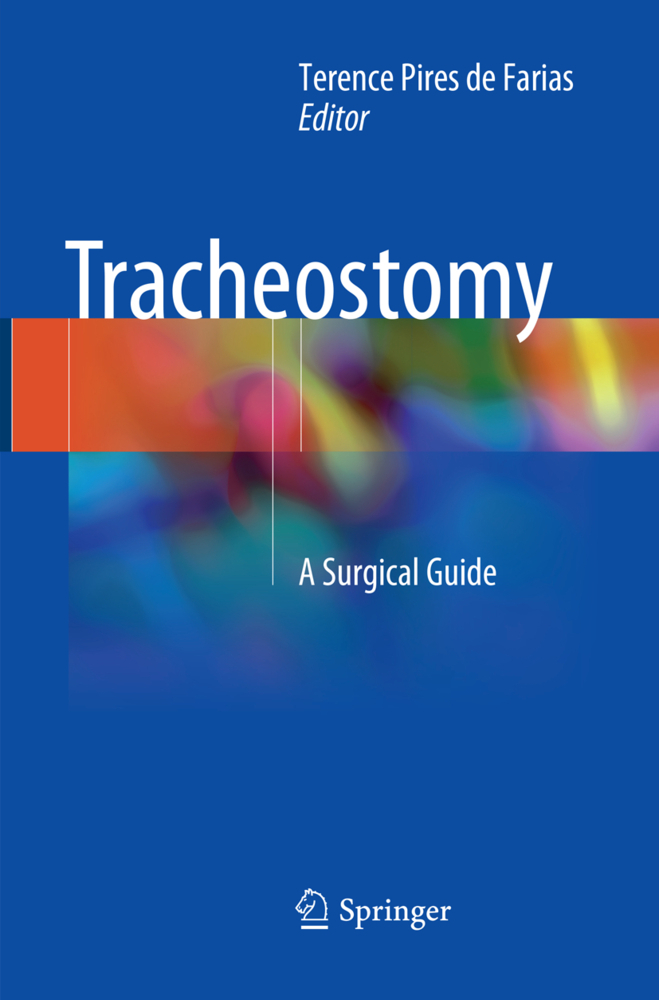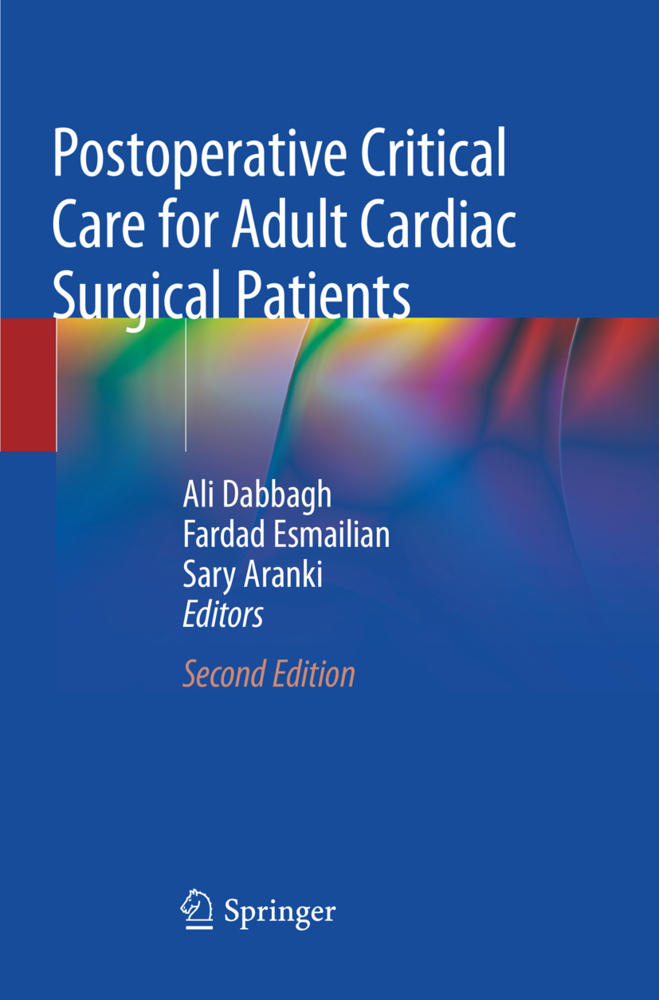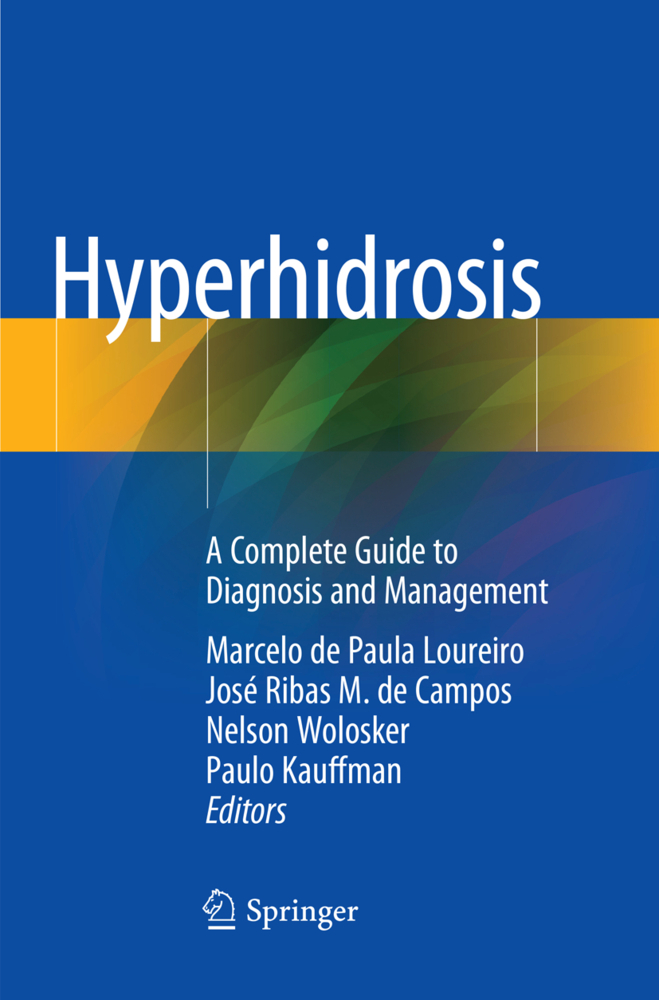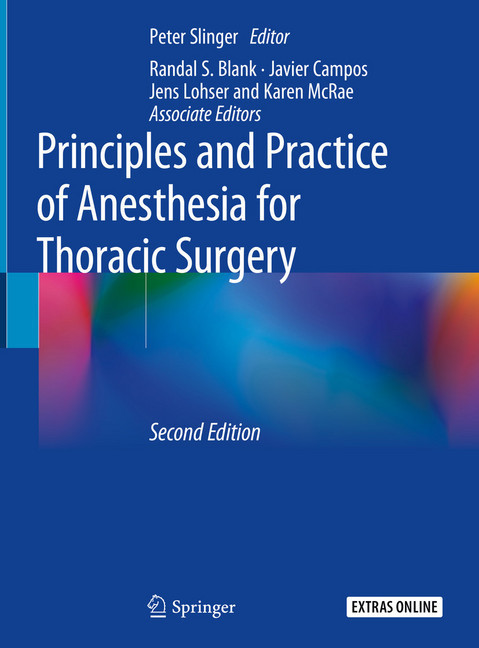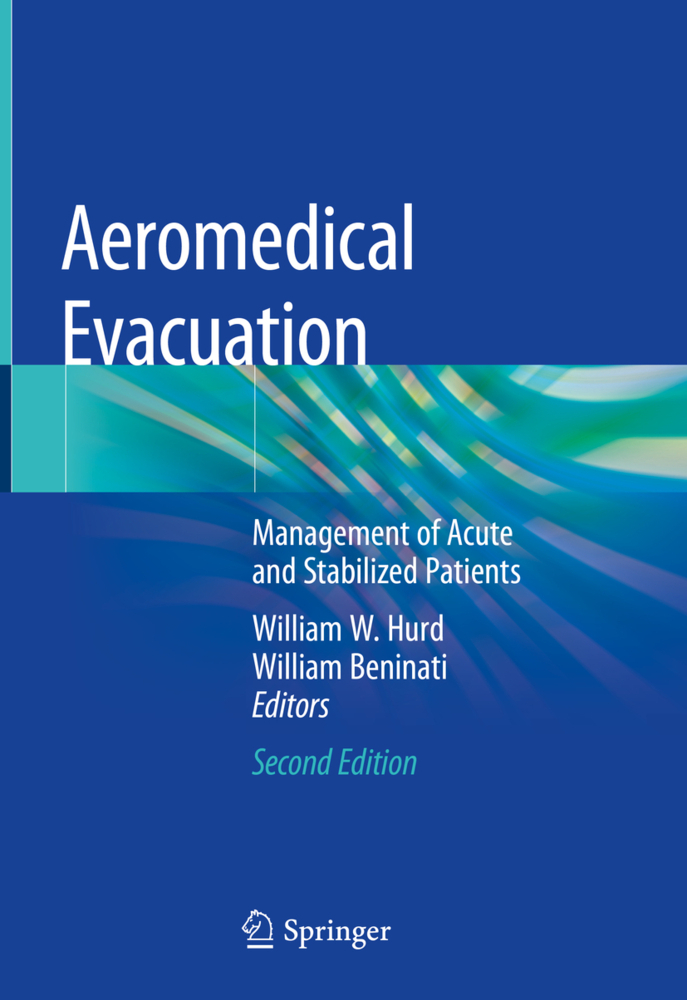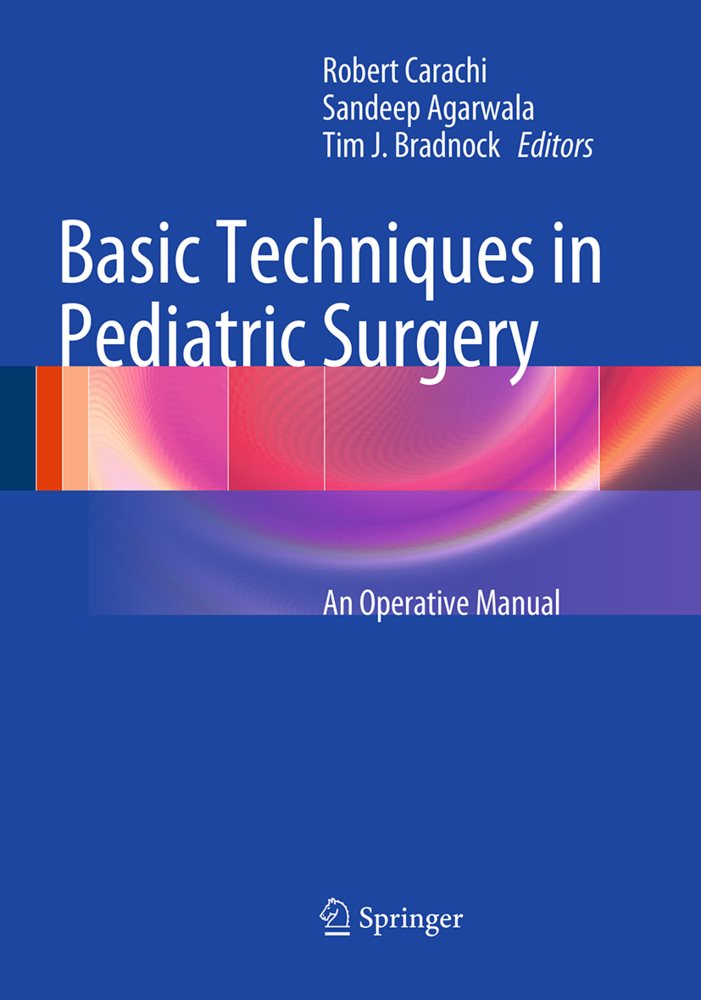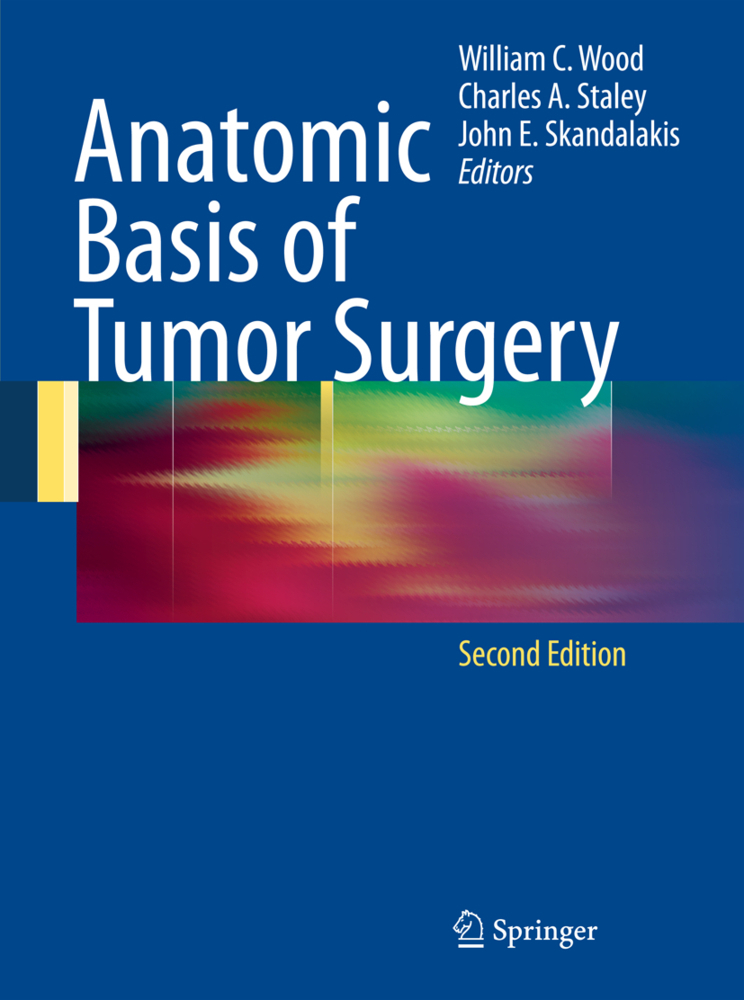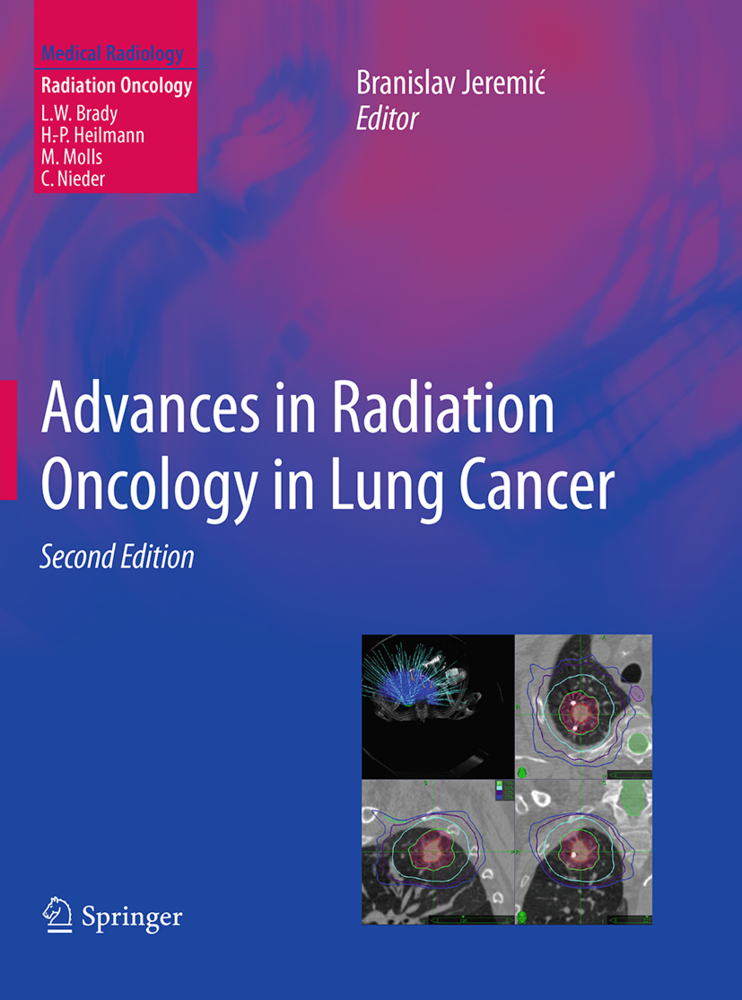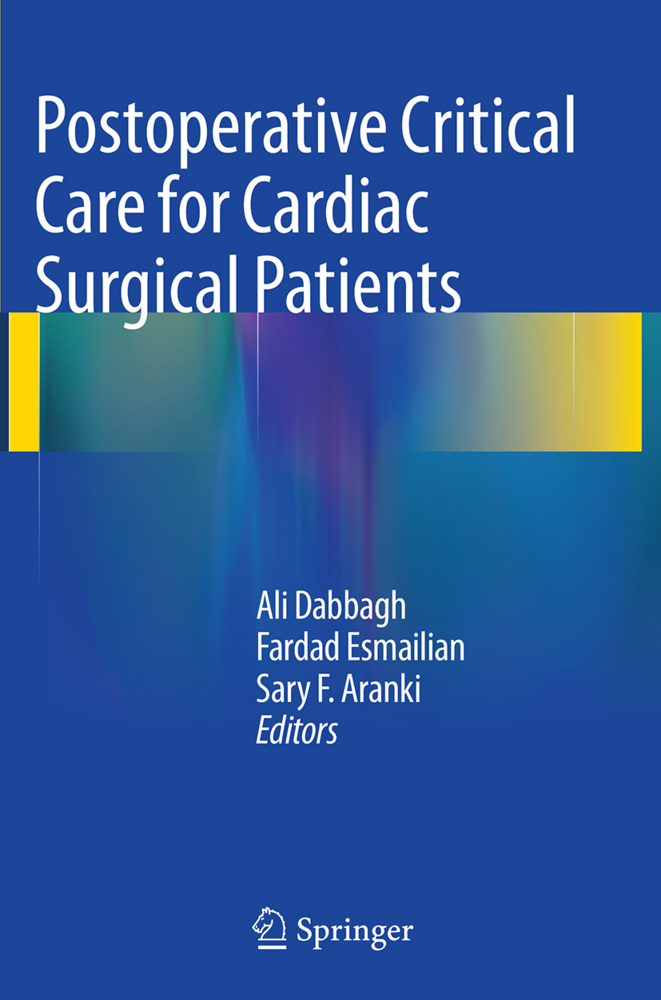Difficult Decisions in Cardiothoracic Critical Care Surgery
Critical care medicine is responsible for many of the most important advances in outcomes after cardiothoracic surgery in the past two decades. The expertise developed in this subspecialty accounts for the resiliency that characterizes gold standard results evident in institutions recognized for excellence. This volume is intended to share ideas and algorithms that will improve outcomes in cardiothoracic critical care units.
This book is part of the Difficult Decisions in Surgery series that covers surgical specialties. The volumes are multi-authored, containing brief chapters, each of which are devoted to one or two specific questions or decisions within that specialty that are difficult or controversial. The volumes are intended as a current and timely reference source for practicing surgeons, surgeons in training, and educators that describe the recommended ideal approach, rather than customary care, in selected clinical situations.
1. Introduction
2. Evaluating evidence3. Quality and Value in the Cardiothoracic ICU
4. Fungal Infection in the ICU
5. Palliative Care in the ICU
6. Ethics: When to turn off the VAD
7. Care in the ICU
8. Defibrillation/pacing first for witnessed cardiac arrest in postop cardiac surgery
9. Early Re-Sternotomy in post-op cardiac surgery patients who suffer cardiac arrest
10. Epinephrine and Vasopressin use following cardiac arrest in post-op cardiac surgery
11. Role of early sternotomy after cardiac arrest in minimally invasive surgery patients
12. Intravascular Devices in the ICU
13. Central Venous Oxygen Saturation vs. Mixed Venous Oxygen Saturation Monitoring in Patients After Cardiac Surgery
14. The utility of hemodynamic waveform analysis in the ICU
15. Pressors and Vasodilators in the CT ICU: Getting the mixture right
16. Pocket ECHO in the CT ICU: helpful or just another toy?
17. Prevention of postoperative atrial fibrillation
18. Does aggressivetreatment of postoperative atrial fibrillation improve outcomes?
19. Role of noninvasive ventilation in the CT ICU
20. Daily Awakening of Ventilated Patients and Extubation after Cardio-thoracic Surgery
21. ECMO for Salvage of Influenza Patients
22. When on ECMO: Awaken, Extubate and Mobilize
23. ECMO as bridge to lung transplantation
24. Right Ventricular Failure
25. My LVAD patient is fully anticoagulated and vomiting blood
26. LVAD patient with dark urine and elevated LDH: Diagnose and Treat Thrombosis
27. Misadventures with IABP: troubleshooting and interventions
28. Liver dysfunction in VAD patients
29. Percutaneous assist devices as salvage from cardiogenic shock
30. Vasoplegia In the postoperative period after Cardiac Transplantation
31. Severe Hypertension after Cardiac Transplantation
32. Post-Transplant Right Ventricular Failure
33. Lung Inifiltrate in post-op Lung Transplant Patient: Pneumonia, Rejection or Edema?
34. Handling Secretions after lung transplantation
35. Early Nutrition in Cardiothoracic patients in the ICU
36. Glycemic Control does matter in the Post cardiac surgery patient
37. Problems of the morbidly obese patient following cardiothoracic surgery
38. The Bleeding Post-op CT patient: coagulation tests vs. thromboelastography
39. Bleeding post cardiac surgery
40. If the platelets are low, is it HIT?
41. Newest Antithrombotic Agents: Uses, Abuses, Reversals for Surgical Procedures
42. Coagulopathy in the Heart Failure Patient
43. Should Blood Conservation Tactics in the Jehovah's Witness patient be applied universally?
44. Incidence and Causes AKI in the Cardiothoracic ICU
45. Role of Biomarkers in Predicting AKI in the CT ICU
46. Diuretic Use in the Postop CT patient: Does it Prevent or Improve AKI?
47. Cardiorenal Syndrome in Heart failure patients: ICU management
48. Access for RRT in CT patients with No Place for Access
49. Free Air in the Popstoperative CT patient: Observe or Operate?
50. Ischemic bowel in the post cardiothoracic patient
51. Ischemic Stroke in the CT patient: Thrombolytic or Stent?
52. Confusion in the ICU: management of anticoagulated VAD patient with MS changes
53. Cerebral edema in the CT ICU: to bolt or not to bolt?
54. Malperfusion After Aortic Dissection/Aneurysm Repair: when is intervention warranted?
55. Ischemic Leg Following IABP Insertion: Timing of Diagnosis and Treatment.
Lonchyna, Vassyl A.
| ISBN | 978-3-030-04145-8 |
|---|---|
| Artikelnummer | 9783030041458 |
| Medientyp | Buch |
| Copyrightjahr | 2019 |
| Verlag | Springer, Berlin |
| Umfang | XVIII, 719 Seiten |
| Abbildungen | XVIII, 719 p. 48 illus., 30 illus. in color. |
| Sprache | Englisch |

